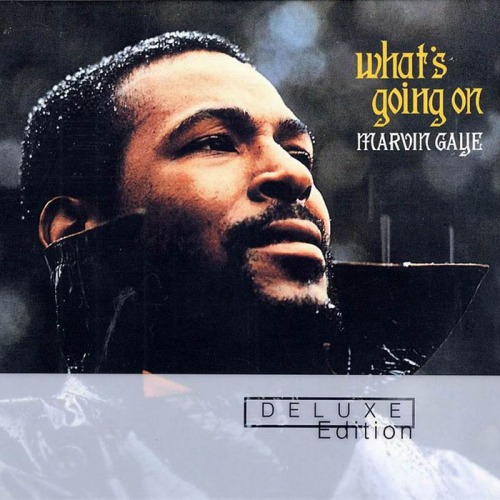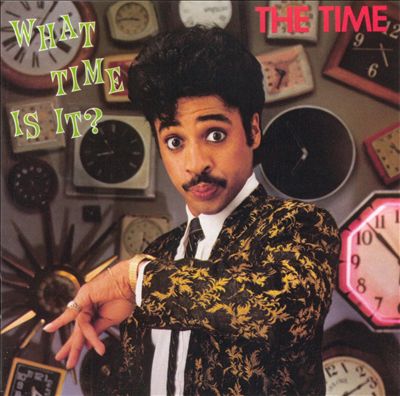
Quincy Jones has always had a way of gearing people up for new directions in black American music . My friend Henrique and I were talking while I had this vinyl going about how much Q’s take on the title track,originally from the Broadway musical Hair got on the same head trip electric jazz flavor that Miles Davis was on with albums like Bitches Brew. Again as Henrique pointed out,this was more tightly arranged. And at home on an album with a swinging soul jazz vibe about it all.
Key Jams: “Walking In Space” and “Killer Joe”

Al Wilson’s 1969 debut album was recommended to me by Don Menninghaus,owner and proprietor of the local record haunt in the Bangor,Maine area Dr. Records. This Mississippi native had a unique blend of jazzy vocalizing and Southern style gospel/soul. The song that Mr. Menninghaus bought out on this album was “The Snake”,an uptempo version of a cautionary romantic number I originally heard sung in an episode of the TV show Northern Exposure. Al’s version here is of course from a whole other place.
Key Jams: “The Snake” and “Brother Where Are You”

It was the soul food depicted on the cover of this album that got my attention most actually. Of course this is the Main Ingredient,a Harlem trio who always had the ability to bring out the heavy groove in with their lush three part “cool group” harmonies. They took ballads into the stratosphere that way. But when the tempo went up,so it went to the next level on albums such as 1970’s Tasteful Soul here.
Key Jams: “Need Her Love (Mr Bugler)” and “Magic Shoes”

Eumir Deodato and Airto Moreira’s 1973 concert album from their show at Madison Square Garden is one of the most exciting live albums I’ve ever heard. Especially when it comes to the second half-dominated by Airto’s percussively powerful Afro-Brazilian jazz funk jams on the second half of the record. Deodato gets seriously funky on this album as well.
Key Jams: “Tropea” and “Parana”

George Benson’s 1975 soundtrack to the film Good King Bad was the final album that Benson recorded for the CTI label. The outer sleeve of my vinyl version is in such poor shape,someone patched it up with Scotch tape. The condition of the actual vinyl however is good enough for the powerful sonics of album to shine through. James Brown’s keyboardist David Matthews arranged this album to be one of the best recorded examples of cinematic jazz/funk of the mid 70’s
Key Jams: “Em” and “Theme From Good King Bad”

Now that I’ve explored Barry White more in a musical context than his typical thematic one,its more clear that some of his melodic string arrangements of the 1970’s could get a bit samey with time. And this 1975 Love Unlimited Orchestra album is no exception. Yet when the funky groove burns underneath his sometimes stock type orchestrations,the cinematic jams really burst out at you.
Key Jams: “I Wanna Stay” and “Midnight Groove”

Deniece Williams’ first two albums on Columbia were as strong an adjunct to Maurice White and Earth Wind & Fire. ‘Niecy’s 1977 sophomore album here features most of the EWF crew in both the production area-thinking more of playing behind a vocalist as opposed to be instrumentalists with vocalists. They really help her increase her range too-from harder funk to reggae and more elaborate jazzy arrangements.
Key Jams: “Time”,“Be Good To Me” and “The Paper”

Sylvester’s powerful vocals were musically molded by the same man who gave Marvin Gaye his start-Mister Harvey Fuqua. This was his first album of the 1980’s. It deals with a transition from the gospel drenched Hi NRG disco sound Sylvester specialized in during the late 70’s and towards a far funkier post disco sound. This especially comes to mind when he was acting as an interpreter as well.
Key Jams: “Change Up” and “Fever”

Change really had me going with their post disco sound of the early 80’s upon first hearing their 1980 debut album The Glow of Love. This 1982 album featured this group being produced in a very different direction-one that emphasized a harder boogie funk sound. Not to mention a more stable and distinctive group lineup as well.
Key Jams :“Hard Times (It’s Gonna Be Alright)” and “Take You To Heaven”

Ronnie Laws is basically the sax version of George Benson in terms of his ability to play and sing. While he obviously isn’t quite as distinctive (or virtuosic) on either level as Benson,his instrumental and vocal style have that amiable big brother type attitude that translates well across each album. On this set,he began to add more synth horns and new wave style instrumentation into his general mix. But his love of classic R&B shuffles and funky grooves remained fully intact.
Key Jam: “Can’t Save Tomorrow”

Phyllis Hyman seems to have had a quality similar to Anita Baker and Chaka Khan. No matter what era she recorded in,if the song was a slow ballad for fast funk or disco, Hyman’s music never ceased to endow full albums with anything less than first rate musical content. This 1986 album is a latter day Gamble & Huff production-a classy mixture of jazzy urban contemporary soul with some serious funk in their for good measure.
Key Jams: “If You Want Me” and “Screamin’ At The Moon”

Morris Day’s second solo album from 1988 features a somewhat more pop oriented type of dance funk than his old group The Time had. Again though,the man has a knack with both uptempo tunes and ballads-especially featuring the piano work of Herb Alpert alumni Salvatore Macaluso on side 1’st closing torch ballad “A Mans Pride”.
Key Jam: “Fishnet”



























